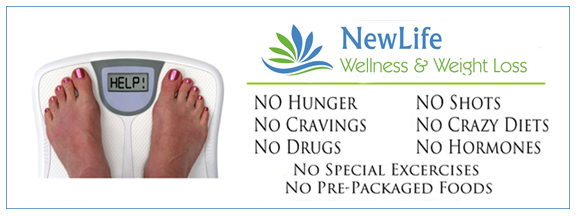
These days, you’ll find apple cider vinegar in everything from probiotic drinks to gummy supplements. The murky vinegar may make your eyes water, but it’s pretty much the golden child of the health and wellness world, with ACV drinkers praising it for promoting digestion, keeping blood sugar in check — and everything in between.
In addition to a healthy debate amongst experts about apple cider vinegar’s potential health benefits, there’s plenty of controversy out there about how to actually take the stuff — particularly whether you should drink ACV on an empty stomach.
A BIT OF ACV BACKGROUND

First and foremost, despite apple cider vinegar’s reputation as a health and wellness cure-all, it (like any other ‘superfood’) isn’t a quick fix. However, though no single food can magically transform your health, ACV seemingly offers some legitimate health benefits.
First, many studies suggest ACV can have an impact on blood sugar. Specifically, research suggests consuming the fruity vinegar alongside a meal may dampen its effect on blood sugar. ACV fans — and some research including on large Bioscience, Biotechnology and Biochemistry study — link this effect with increased weight loss, though results appear to be modest. Plus, because ACV contains healthy bacteria (a result of its fermentation process), it can support gut health in people with digestive issues or inflammation, or who’ve taken antibiotics.
Meanwhile, though early research in mice and rats suggests ACV can support healthy cholesterol and triglycerides, few studies exist to suggest these benefits hold true in humans.
DRINKING ACV ON AN EMPTY STOMACH: YAY OR NAY?

Given that ACV offers some potential health perks, it’s generally a harmless addition to a healthy diet — as long as you ingest it carefully.
First of all, shots of apple cider vinegar are an all-around no-go. Vinegar is highly acidic and quite concentrated. Studies and case reports have linked this to tooth enamel erosion, decreased potassium levels, throat burns and delayed stomach emptying.
Is ACV’s acidity harmful for an empty stomach, though? Not necessarily. Since your stomach acid has a low pH of 1.5–3.5, apple cider vinegar’s pH of 2–3 most likely won’t cause any damage to your stomach lining.
However, if you have a history of acid reflux, consuming ACV on an empty stomach can exacerbate the issue. Either way, no research suggests you get any extra benefit from taking ACV straight-up or on an empty stomach.
THE BEST WAY TO TAKE ACV

If you enjoy taking AVC on an empty stomach — and don’t experience and indigestion or reflux symptoms as a result, go for it. Just dilute it with water or in a smoothie so you at least get some extra hydration.
Otherwise, there are plenty of other ways to add ACV to your daily routine. Vinegars work well in salad dressings, marinades and sauces. (The acid really helps bring out the flavors in other foods.) ACV can now be taken in a capsule supplement which many people find much easier to use with or without meals. (Call our office at 908-279-7740 for more info on ACV capsules)
Enjoy the flavor and prefer to sip your way to benefits? ACV also works well in kombuchas, teas and switchels (vinegar-based drinks). Stir a tablespoon or two into at least 8 ounces of liquid to help the vinegar go down easier.

































